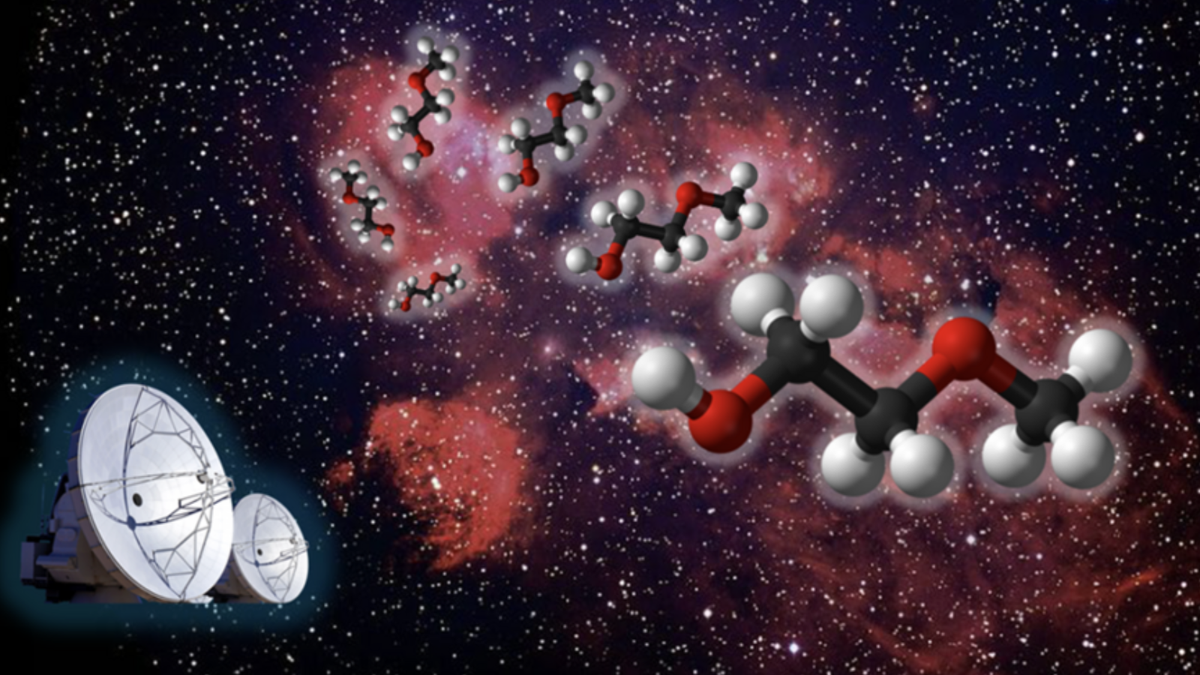Ilustracja statku kosmicznego JUICE na Jowiszu. Antena radarowa do eksploracji Icy Moons (RIME) na statku kosmicznym Jupiter Icy Moons Explorer (Juice) Europejskiej Agencji Kosmicznej napotkała problem uniemożliwiający jej propagację. 16-metrowa antena, która ma kluczowe znaczenie dla badania powierzchniowej i podpowierzchniowej struktury lodowych księżyców Jowisza, jest obecnie utknięta we wsporniku montażowym z powodu podejrzanej małej szpilki. Pomimo niepowodzenia antena wykazuje oznaki ruchu i jest częściowo wysunięta. Źródło: ESA
ESA[{” attribute=””>Jupiter Icy Moons Explorer (Juice) has encountered a deployment issue with its Radar for Icy Moons Exploration (RIME) antenna. The issue, potentially caused by a stuck pin, is being addressed by ESA’s mission control teams with various strategies, including an engine burn and spacecraft rotations. Despite this, Juice’s other instruments are functioning properly, and there’s a two-month window to solve the problem.
Juice’s ice-penetrating RIME antenna has not yet been deployed as planned. During the first week of commissioning, an issue arose with the 16-meter-long Radar for Icy Moons Exploration (RIME) antenna, which is preventing it from being released from its mounting bracket. Juice is currently 3.5 million km (2.2 million miles) from Earth.
Work continues to free the radar and teams at ESA’s mission control center in Darmstadt, Germany, along with partners in science and industry, have lots of ideas up their sleeves.
Every day the RIME antenna shows more signs of movement, visible in images from the Juice Monitoring Camera on board the spacecraft with a partial view of the radar and its mount. Now partially extended but still stowed away, the radar is roughly a third of its full intended length.

Juice’s stuck but moving RIME antenna is captured by the Juice Monitoring Camera on board the spacecraft. This animation shows the radar’s movements in five photos taken across April 17–21, as teams on Earth work through steps in Juice’s deployment. Four segments of the RIME antenna are visible here, folded on top of each other. This ‘stack’ of antenna elements is one half of the full antenna, next to the other half also in a folded stack. The other half has not yet begun deployment and becomes visible through the widening gaps between antenna segments. Credit: ESA/Juice/JMC, CC BY-SA 3.0 IGO
The current leading hypothesis is that a tiny stuck pin has not yet made way for the antenna’s release. In this case, it is thought that just a matter of millimeters could make the difference to set the rest of the radar free.
Various options are still available to nudge the important instrument out of its current position. The next steps to fully deploy the antenna include an engine burn to shake the spacecraft a little followed by a series of rotations that will turn Juice, warming up the mount and radar, which are currently in the cold shadows.

Shortly after launch on April 14 , ESA’s Jupiter Icy Moons Explorer, Juice, captured this image with its Juice monitoring camera 2 (JMC2). JMC2 is located on the top of the spacecraft and is placed to monitor the multi-stage deployment of the 16 m-long Radar for Icy Moons Exploration (RIME) antenna. RIME is an ice-penetrating radar that will be used to remotely probe the subsurface structure of the large moons of Jupiter. In this image, RIME is seen in stowed configuration. Credit: ESA/Juice/JCAM, CC BY-SA 3.0 IGO
Juice is otherwise performing excellently after the successful deployment and operation of its mission-critical solar arrays and medium gain antenna, as well as its 10.6-m magnetometer boom.
With two months of planned commissioning remaining, there is plenty of time for teams to get to the bottom of the RIME deployment issue and continue work on the rest of the powerful suite of instruments on their way to investigate the outer Solar System.

A 1:18 scale model of the Juice mission’s RIME antenna – Radar for Icy Moons Exploration, mounted on top of a simplified spacecraft model during tests in the Hertz facility at the European Space Research and Technology Centre (ESTEC) in Noordwijk, The Netherlands. RIME is an ice-penetrating radar that will be used to remotely probe the subsurface structure of the large moons of Jupiter. Emitted by a 16-m long dipole antenna, the radar signals will penetrate the icy surfaces of the moons down to a depth of 9 km, providing a vertical resolution between 50 and 140 m. Credit: ESA–M.Cowan, CC BY-SA 3.0 IGO
Updates will be shared as new information becomes available.
The RIME instrument is an ice-penetrating radar designed to study the surface and subsurface structure of Jupiter’s icy moons down to a depth of 9 km.
It is one of ten instruments on board ESA’s Jupiter Icy Moons Explorer, Juice, set to investigate the emergence of habitable worlds around gas giants and the formation of our Solar System.

„Kawioholik. Fanatyk alkoholu na całe życie. Typowy ekspert podróży. Skłonny do napadów apatii. Internetowy pionier”.






More Stories
Pochowana w Mgławicy Koci Szpon to jedna z największych cząstek kosmicznych, jakie kiedykolwiek widziano
SpaceX wylądowało obecnie większą liczbę rakiet wspomagających niż większość rakiet kiedykolwiek wystrzelonych
Szczyty roju meteorów Lyrid. Jak zobaczyć dzisiejszy wieczór w Iowa